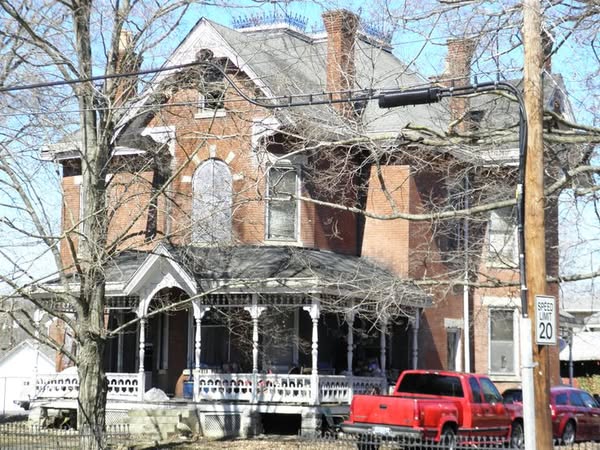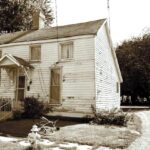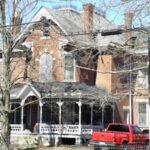Tucked between the forks of the Licking River, Falmouth, Kentucky wasn’t just another river town, it was a checkpoint on the long, dangerous road to freedom. In October 1854, The National Era reported 21 enslaved people slipping away from near Falmouth on a Sunday. No weapons. No safety. Just a direction: north.
Source: The National Era, 1854 reference via NKYViews summary
https://www.nkyviews.com/pendleton/pendleton_hist_notes.htm
And while most of the town stayed quiet, Charity Southgate did more than survive, she built. Born enslaved in Virginia, she earned her freedom, came to Falmouth, and in 1845 bought a piece of land at what’s now 108 Montjoy Street. That move created the foundation for what would become Happy Hollow, Falmouth’s Black neighborhood, and a stronghold for her descendants.
Source: Charity’s House – National Register of Historic Places Nomination Form (NKYViews)
https://www.nkyviews.com/nrhp/pendleton/charitys_house.pdf
But Charity didn’t stop with a home. She ran a private school for Black children, long before education was considered a right for them. In that house—under threat of violence, surveillance, and silence, she taught literacy, faith, and the kind of resolve that grows generational.
Source: Falmouth Multiple Resource Area Submission – Happy Hollow Context
https://www.nkyviews.com/nrhp/pendleton/falmouth_mra.pdf
Her son, Elzey Hughes, carried the legacy forward. His home at 308 Second Street still stands. It’s one of the last physical traces of Happy Hollow and it’s on the National Register of Historic Places. The walls aren’t just wood and plaster. They’re history with a heartbeat.
Source: Elzey Hughes House – National Register of Historic Places Nomination Form (NKYViews)
https://www.nkyviews.com/nrhp/pendleton/hughes_house.pdf
Now, four houses, two gone, two still standing, hold silent witness. Happy Hollow wasn’t drawn on maps, but its strength survived: through literacy, through refuge, through the refusal of bondage.
Happy Thursday from Whisper.
Whisper One Out



